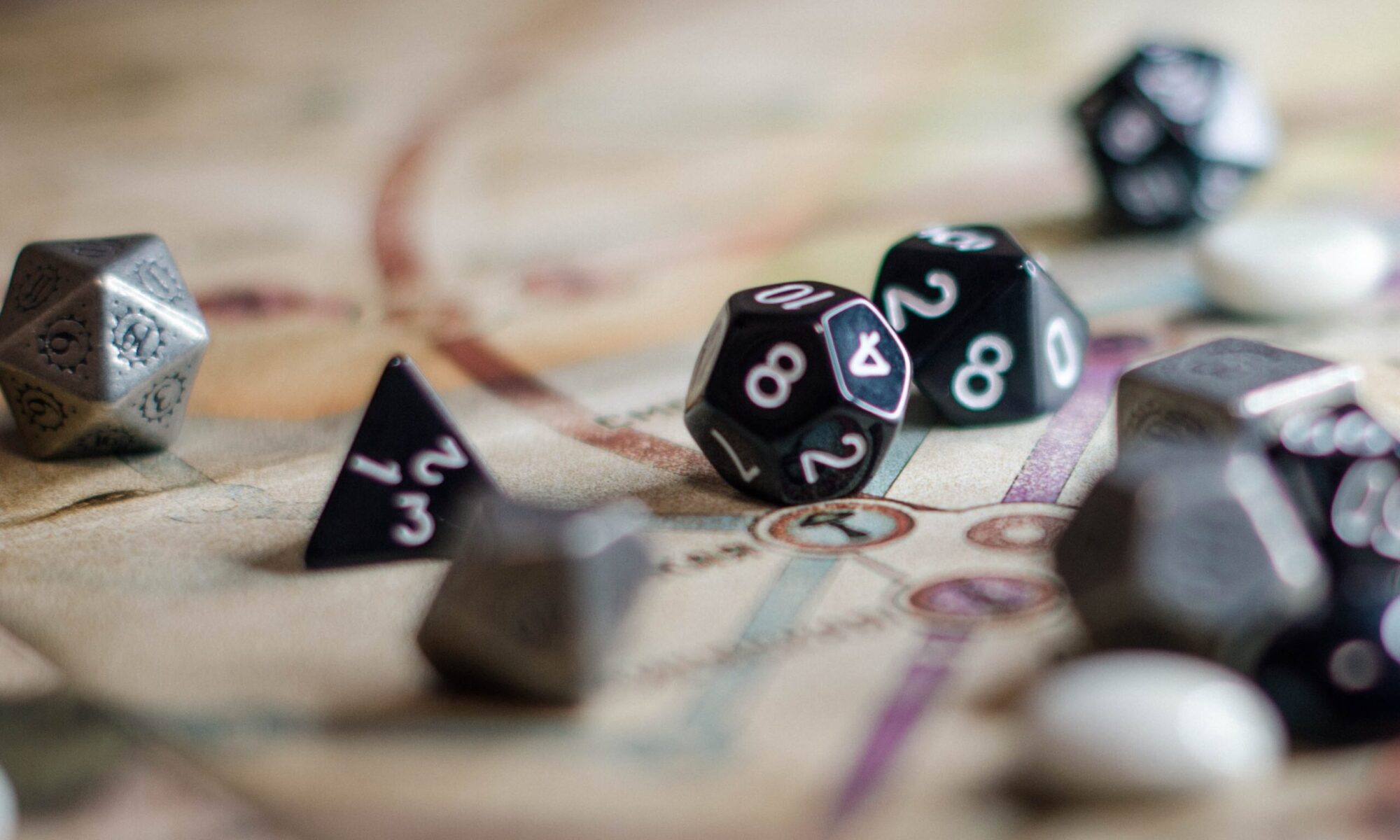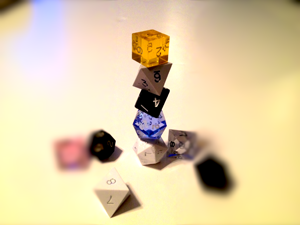For the Tsunami Gameday Spring 2023 at the Burrow I’ll be running an adventure in the Holler campaign setting for Savage Worlds (Adventure Edition).
What is Holler?
Holler, a unique campaign setting for the Savage Worlds roleplaying system set in an alternate, post-apocalyptic Appalachia. In this twisted and mystical version of the region, you’ll explore a land of eerie coal mines, enchanted forests, and remnants of a once-thriving society now grappling with the aftermath of a devastating calamity.
The world of Holler is steeped in rich Appalachian folklore, blending the harsh realities of a post-apocalyptic landscape with the wondrous and often dangerous magic of the fae. As players, you’ll encounter a diverse cast of characters, including rugged miners, cunning fae creatures, and enigmatic folk heroes, all trying to survive in a land where both technology and nature have been warped by the cataclysm.
In Holler, the powerful and sinister Big Boys and their minions hold sway over the fractured communities, exploiting the people and their resources for their own nefarious purposes. These tyrants use fear, deception, and brute force to maintain their control, and it’s up to you, the players, to stand against them.
As heroes of this world, you’ll have the opportunity to form alliances, uncover ancient secrets, and delve into the mysterious Tangled Hollow, an enchanted forest teeming with both wonders and perils. Along the way, you’ll face supernatural creatures, scheming adversaries, and the twisted manifestations of a world gone awry.
In this unique and immersive setting, players will need to rely on their wits, courage, and camaraderie to navigate the dangers that lurk around every corner. Whether you’re exploring haunted mines, bargaining with the capricious fae, or battling the forces of the Big Boys, Holler offers a rich and evocative experience that combines the best of Appalachian lore, post-apocalyptic adventure, and thrilling fantasy.
Who are the Characters?
You’ll be playing a band of folk with an interest in resisting the forces that oppress the people of the Holler. It’ll start small, like all things, but over time you’ll face off against some of the most powerful forces in the Holler — and to do that, you’re going to need to make friends and allies out of a lot of the folk you meet.
Pregen archetype characters will be provided — the choices are :
- Bluegrass Picker
- Gouger (bareknuckle fighter, and gouging is a special form of duel in the setting)
- Granny Woman (arcane background – folk magic)
- Holy Roller (arcane background – blessed)
- Miner
- Moonshiner (arcane background – moonshiner)
- Peddler
- Seer (faith healer)
- Logger (an axe with a person attached with a handle)
- Mountaineer (hunter)
- Curious Youth
- Tinker

